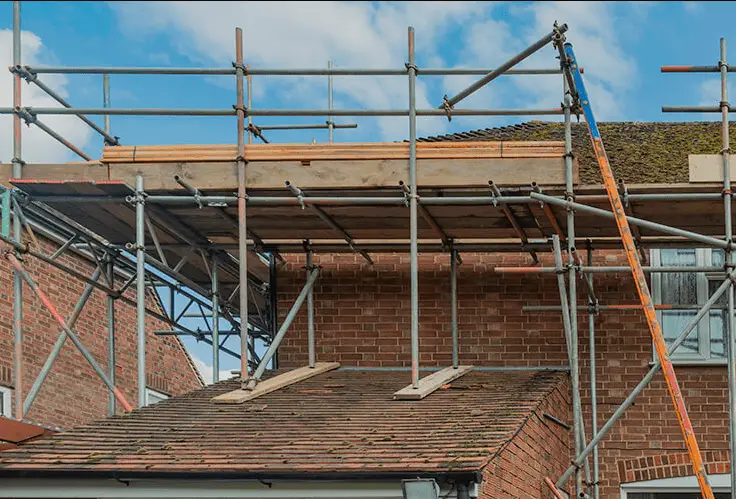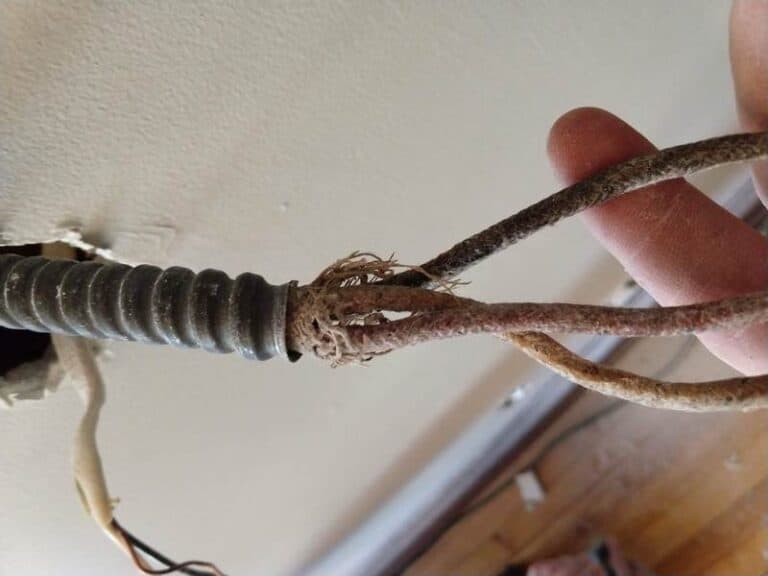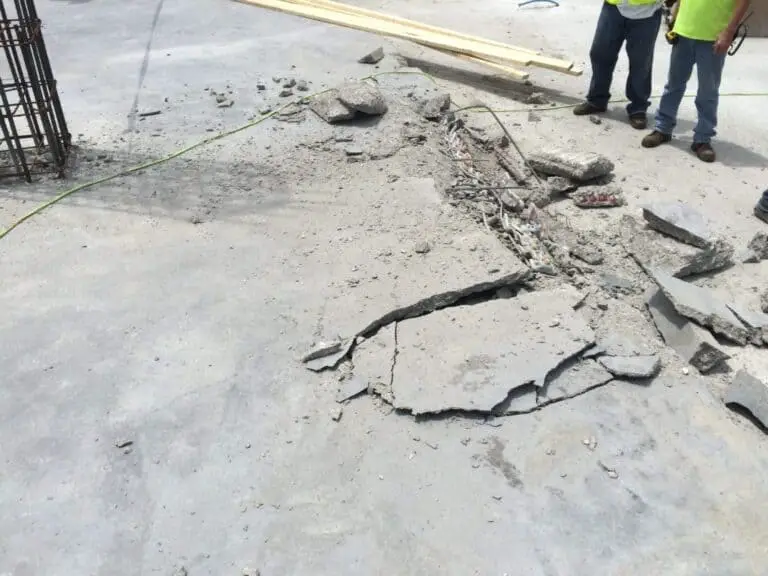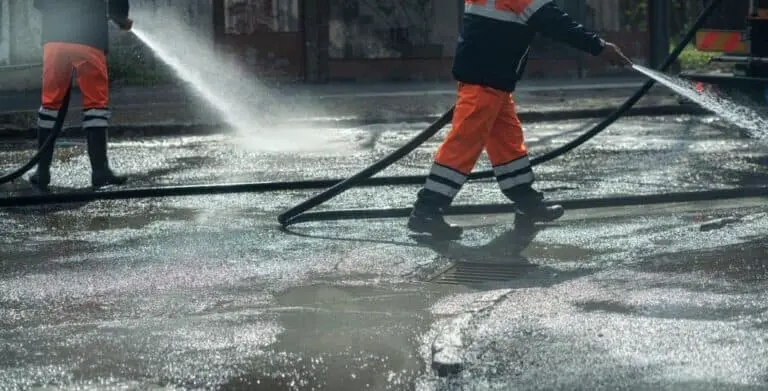Post Tension Cable Sticking Out of Foundation & Popped Out: How To Fix It
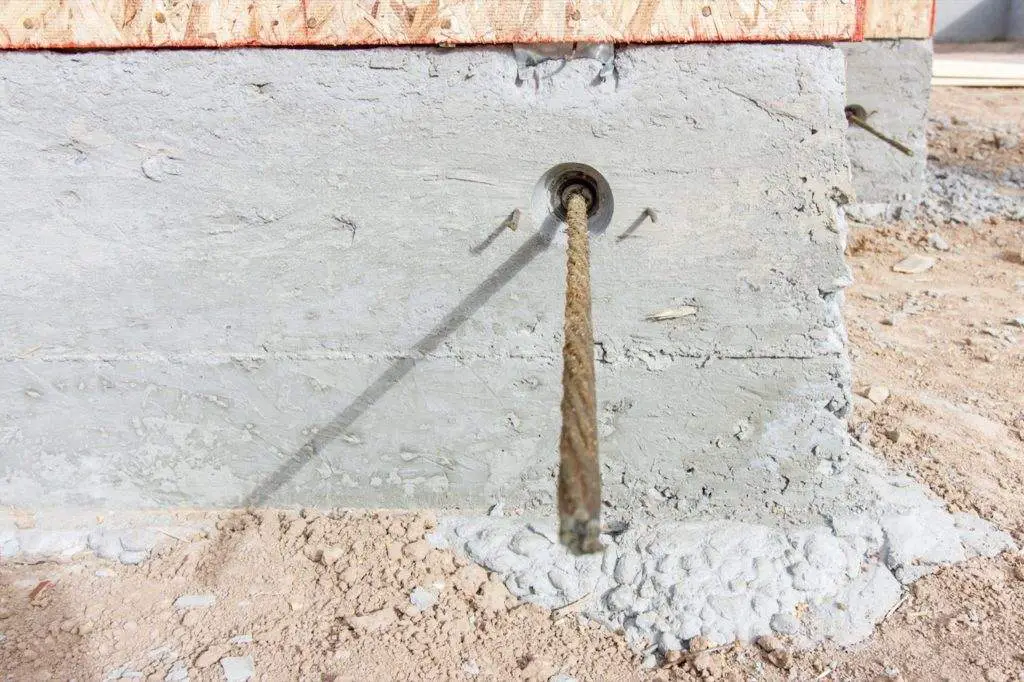
Have you noticed a post tension cable sticking out of your foundation or, worse, completely popping out? Don’t panic! Post tension cables play a crucial role in providing strength to concrete structures, and it’s important to address any problems promptly.
This article will guide you through the options for fixing this issue and ensuring the safety and stability of your foundation. So, let’s dive in and explore the solutions.
Understanding Post Tension Cables
Before we discuss the remedies, let’s take a moment to understand what post tension cables are and their significance in construction. Post tensioning is a technique widely used to reinforce concrete structures, such as foundations, slabs, and beams. It involves tensioning high-strength steel cables within the concrete, which helps counteract the forces exerted on the structure.
These cables, also known as tendons, are typically placed in a grid-like pattern within the concrete. They are tensioned after the concrete has set, applying a controlled force that compresses the concrete, making it more resistant to cracks and deformation.
Causes of Post-tension Cables Sticking Out
When post-tension cables stick out of a foundation, it indicates a potential problem that requires attention. Several factors can contribute to this issue, each with its own set of implications.
By understanding the causes, you can better grasp the underlying challenges and take appropriate measures to rectify the situation.
1. Improper Installation or Construction
One of the primary causes of post-tension cables sticking out is improper installation or construction practices. During the initial installation process, if the cables are not properly positioned or adequately secured within the concrete, they may eventually shift or protrude from the foundation. This can occur due to errors in the layout, the tensioning process, or inadequate protection measures.
Additionally, inadequate grouting or improper filling of the ducts that house the post-tension cables can contribute to cable exposure. When the grout is not properly applied or fails to completely fill the ducts, it creates an opportunity for the cables to move and become visible over time.
2. Structural Movement and Settlement
Another significant cause of post-tension cables sticking out is structural movement and settlement. Over time, foundations can experience shifts, settlement, or even upheaval due to various factors such as soil conditions, groundwater fluctuations, or seismic activity.
These movements can exert stress on the post-tension cables, causing them to shift, displace, or even the post tension cable breaks through the surface of the foundation.
The presence of cracks in the foundation can also indicate structural movement. When the foundation undergoes excessive movement, it can compromise the integrity of the post-tension cables, leading to their exposure or sticking out from the concrete.
3. Corrosion and Deterioration
Corrosion and deterioration of post-tension cables and their surrounding components can contribute to cables sticking out. Corrosion occurs when moisture and oxygen penetrate the concrete and come into contact with the steel cables. Over time, this exposure can cause rust and corrosion, weakening the cables and potentially causing them to break or shift.
High humidity, the presence of chloride ions from deicing salts or seawater, and exposure to aggressive chemicals are some factors that can speed up corrosion. Inadequate protective measures or insufficient concrete cover around the cables can also exacerbate the risk of corrosion and contribute to cable exposure.
4. External Damage and Impact
Post-tension cables can be subject to external damage and impact, especially during construction or renovation activities near the foundation. Accidental hits from heavy machinery, tools, or other objects can damage the protective sheathing or dislodge the cables from their intended position. Such damage weakens the cables’ integrity and increases the likelihood of them sticking out or becoming visible.
5. Aging and Lack of Maintenance
Over time, post-tension cables can experience wear and aging. Lack of proper maintenance, such as neglecting regular inspections, cleaning, or repairs, can exacerbate the effects of aging.
As the cables deteriorate, their protective sheathing may weaken, exposing them to external elements and increasing the risk of sticking out or popping out from the foundation.
Routine maintenance, including cleaning, sealing, and monitoring the condition of post-tension cables, is crucial for identifying early signs of deterioration and taking timely action to prevent further issues.
Keep in mind that each situation is unique, and the specific causes of post-tension cables sticking out may vary. Therefore, it is crucial to engage the expertise of a professional structural engineer or a qualified foundation repair specialist. They have the knowledge and experience to conduct a thorough assessment of your foundation, identify the underlying causes, and provide tailored solutions.
Repair options for post-tension cables sticking out
Several post tension cable repair options are available for addressing post-tension cables that have stuck out of the foundation. Once the causes have been identified, the appropriate repair options can be implemented. These may include:
- Repositioning and Anchoring: If the sticking out cables are a result of improper installation, repositioning and anchoring the cables correctly may be the solution. This involves carefully adjusting the cable’s position and ensuring it is securely anchored within the concrete, following proper post tensioning stressing procedures.
- Grouting and Sealing: In cases where inadequate grouting or voids around the cables have caused their exposure, grouting and sealing can rectify the issue. This process involves injecting grout or epoxy into the voids or gaps around the cables to provide additional support, prevent further movement, and protect them from external elements.
- Corrosion Mitigation: When corrosion is identified as the cause of cable sticking out, mitigating the corrosion is vital. This may involve removing the affected portions of the cable, applying anti-corrosion coatings, or implementing cathodic protection systems to prevent further deterioration and ensure the long-term integrity of the cables.
- Structural Repairs: In cases where the sticking out cables are a symptom of more significant structural issues, additional repairs may be necessary. This could include addressing foundation settlement, cracks, or other structural concerns through methods such as underpinning, crack repair, or reinforcing the foundation.
It’s important to note that these repair methods require expertise and specialized equipment. Attempting to fix sticking post-tension cables without the necessary knowledge and experience can lead to further damage and compromise the safety of your foundation.
Preventive Measures to Avoid Post-tension Cable Issues
While encountering post-tension cable issues can be concerning, there are preventive measures you can take to avoid such problems in the first place.
Regular maintenance and inspections of your foundation are crucial for identifying any potential issues early on. By addressing foundation settling or shifting promptly, you can prevent post-tension cables from being subjected to excessive stress and reduce the chances of them sticking out.
During the initial installation of post-tension cables, it’s essential to follow proper grouting techniques. Adequate grouting helps ensure that the cables are securely positioned within the foundation, minimizing the risk of movement or protrusion over time. Adhering to construction guidelines and best practices also plays a significant role in preventing post-tension cable issues.
Conclusion
When post-tension cables stick out of the foundation, it’s essential to take immediate action to safeguard the structural integrity and safety of your property. By understanding the causes, risks, and repair options associated with sticking cables, you can make informed decisions and seek professional assistance when necessary.
Preventive measures, such as regular maintenance, following construction guidelines, and addressing foundation settling promptly, can help minimize the occurrence of post-tension cable issues. Remember, professional expertise is crucial for the proper repair and maintenance of post-tension cables. Don’t hesitate to seek the assistance of experienced contractors to ensure the best possible outcome and long-term stability for your foundation.
By addressing post-tension cable issues promptly and effectively, you can protect your investment, maintain a safe living environment, and ensure the longevity of your foundation for years to come.
FAQs
How much does it cost to repair post-tension cables?
The cost of repairs post tension cable can vary depending on the extent of the issue, the complexity of the repair process, and other factors. It’s best to consult with professional contractors and obtain multiple quotes to get a better understanding of the potential costs involved.
Can post-tension cables be fixed without removing the foundation?
In many cases, post-tension cables can be repaired without the need for complete foundation removal. Skilled professionals can employ various techniques, such as grout injection and cable adjustment, to resolve the issue without extensive disruption.
Are there any temporary solutions to secure sticking out cables?
While it’s important to address the underlying issue, temporary measures can be taken to secure sticking out cables. For example, placing protective covers over the exposed cables can help prevent further damage while awaiting professional repairs.
What are the signs of post-tension cable failure?
Signs of post-tension cable failure can include visible sticking out of cables, cracks in the foundation or walls, uneven or sagging floors, and structural instability. If you notice any of these signs, it’s essential to have a professional assessment conducted promptly.
How long do post-tension cables typically last?
Post-tension cables are designed to have a long lifespan, often ranging from 30 to 50 years. However, the actual longevity can vary depending on factors such as the quality of installation, environmental conditions, and maintenance practices.
Are there any safety precautions to take if I notice sticking out cables?
If you notice post-tension cables sticking out of your foundation, it’s important to take immediate safety precautions. First and foremost, ensure that the area around the protruding cables is cordoned off to prevent any accidental contact or tripping hazards. Warn family members, visitors, or workers to stay away from the area until the issue is resolved.
Can post-tension cables be retrofitted or reinforced?
In certain cases, it is possible to retrofit or reinforce post-tension cables. This can be done to address issues such as insufficient tension or inadequate anchoring. Retrofitting or reinforcing the cables typically involves adding additional cables or strengthening existing ones to enhance the structural stability of the foundation.


